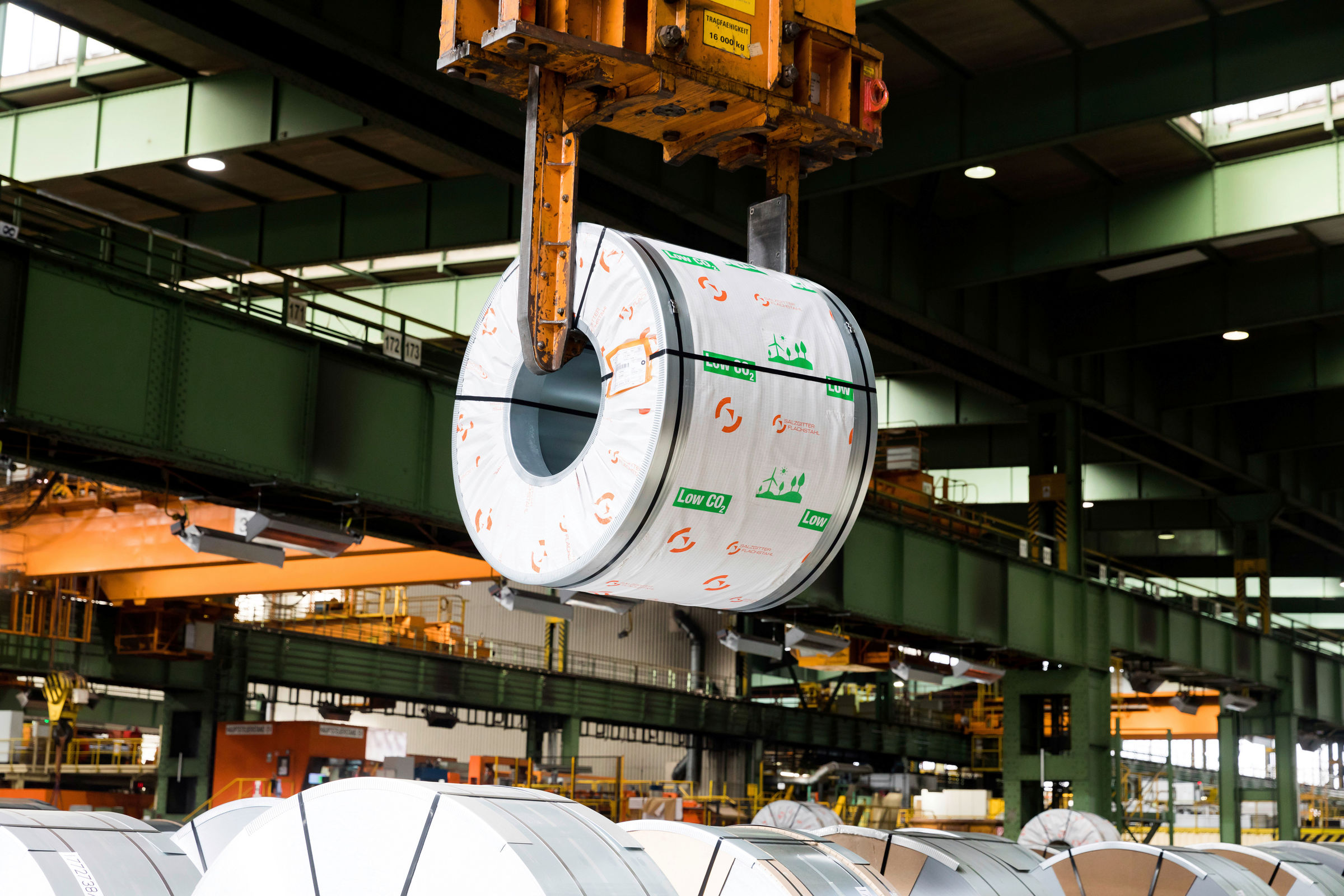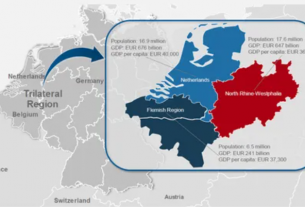Germany – Volkswagen and Salzgitter have signed a Memorandum of Understanding under which Volkswagen will be one of the first customers for the low-CO2 steel that Salzgitter plans to produce on a new production line in Lower Saxony in 2025.
According to Salzgitter, this will allow over 95% of CO2 emissions from steel production to be saved in the future using hydrogen and renewable energy sources. From the end of 2025, the Volkswagen Group plans to use low-CO2 steel in major future projects, such as the Trinity1 e-model, which will be produced in Wolfsburg starting in 2026.
The reduction of CO2 emissions in the supply chain is an important part of Volkswagen’s strategy to become a carbon-neutral mobility provider by 2050. In doing so, the company is pursuing a so-called hot spot analysis, in which it focuses on reducing CO2 emissions where they are primarily generated during the manufacturing of a vehicle. This is especially true with steel, in addition to the battery-electric powertrain and aluminum components. The use of CO2-reduced steel can thus make a significant contribution to improving the overall CO2 balance sheet in future projects such as Trinity, the next-generation fully connected electric car that will be manufactured in Wolfsburg starting in 2026. By the end of 2022, both partners plan to finalize and contractually agree on low-CO2 steel purchase quantities for the years 2025 to 2030.
Reducing CO2 emissions
With the transformation program “SALCOS – Salzgitter Low CO2-Steelmaking,” Salzgitter has set out to drastically reduce CO2 emissions in steel production. Rather than using carbon-based blast furnaces to produce pig iron, the steel and technology group wants to use green hydrogen and renewable energies to produce steel in the future. Salzgitter is constructing hydrogen electrolysers, direct reduction plants, and electric furnaces for this purpose. By 2033, the steelmaker hopes to have reduced CO2 emissions by more than 95 percent. This would result in a 1% reduction in Germany’s total CO2 emissions.
Cooperation on so-called “green steel” between the two companies has already begun. Volkswagen processed CO2-reduced steel samples from the Salzgitter for the first time last year. This is made in Peine using scrap-based electric steel and has a 66 percent lower CO2 footprint. Volkswagen intends to buy an additional 3,000 tonnes this year.
The goal of establishing a closed-loop steel recycling system between Volkswagen’s main plant in Wolfsburg and the integrated steelworks in Salzgitter is another aspect of the joint agreement. As a result, the Volkswagen Group makes production steel residues available to Salzgitter, which melts them down, processes them into new steel products, and then delivers them back to Wolfsburg for car production. In the future, the goal is to extend this “closed loop” for steel to other Volkswagen Group production sites.




